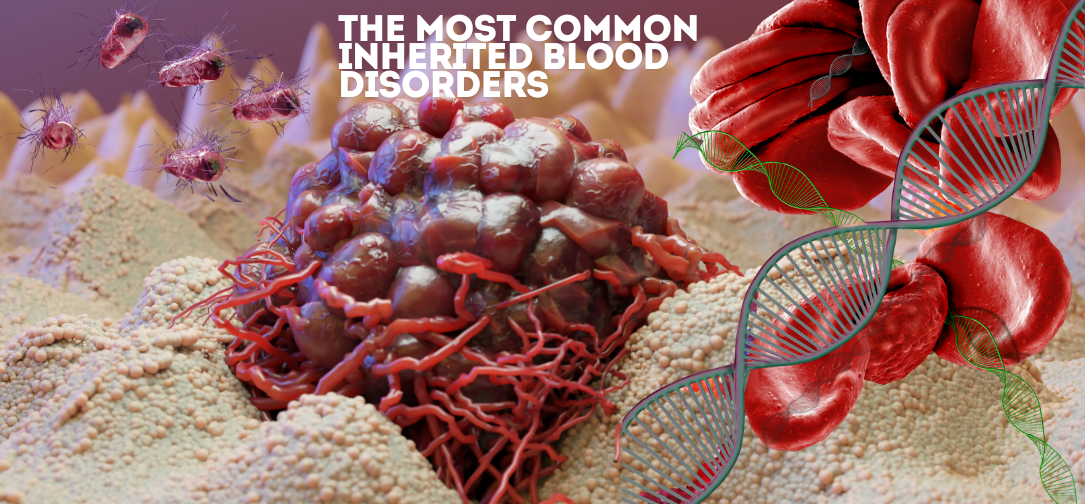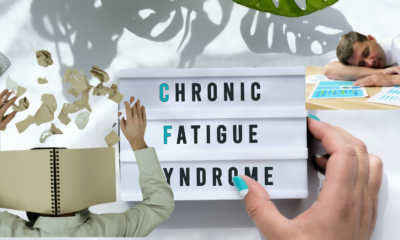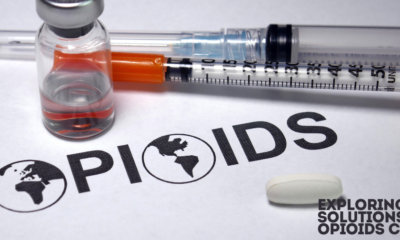Pharmaceuticals
Sickle Cell Disease: New Treatments and Ongoing Challenges

Sickle Cell Disease (SCD) is one of the most common inherited blood disorders, affecting millions worldwide, particularly individuals of African, Hispanic, South Asian, and Middle Eastern descent. Characterized by abnormally shaped red blood cells, SCD can cause severe complications like organ damage, intense pain episodes, and an overall reduced life expectancy. In recent years, groundbreaking advances in treatment options, particularly gene therapies, have offered renewed hope for patients. However, the high cost, accessibility, and ongoing challenges around effective management remain significant hurdles in improving patient outcomes.
The Burden of Sickle Cell Disease
Globally, SCD impacts over 6 million people, and in the U.S. alone, there are an estimated 100,000 patients living with the condition. The disease causes red blood cells to deform into a sickle shape, leading to blockages in blood vessels that restrict oxygen supply, which results in severe pain episodes, strokes, and organ failure. Traditionally, the most effective treatment has been bone marrow transplants, which come with considerable risks and are only viable for a limited number of patients due to the need for compatible donors.
Existing Treatments and Their Limitations
For decades, the treatment landscape for SCD has remained static, with blood transfusions, hydroxyurea, and bone marrow transplants being the mainstays of therapy. Blood transfusions help by increasing the number of healthy red blood cells, but the risks include iron overload and immune reactions. Hydroxyurea, a medication used to reduce the frequency of pain crises and the need for transfusions, has helped many but is not universally effective. Bone marrow transplants offer a potential cure, but complications, including immune reactions and high costs, make this option inaccessible to most patients.
Newer treatments, such as Voxelotor (Oxbryta®), approved by NHS England in 2024, are now offered as life-changing alternatives for patients aged 12 and older. This daily oral medication has been shown to increase hemoglobin levels, reducing the frequency of severe complications and hospitalizations. Over 4,000 individuals in England could potentially benefit from this drug, improving their quality of life significantly by mitigating the symptoms of anemia and reducing dependence on blood transfusions. Studies have shown that 74% of patients using Voxelotor experienced substantial improvement in their overall well-being.
Gene Therapy: A Potential Game Changer?
Gene therapies represent a significant breakthrough in the treatment of SCD. In December 2023, the U.S. Food and Drug Administration (FDA) approved two gene therapies, Casgevy and Lyfgenia, both heralded as milestone treatments for those aged 12 and above. These therapies offer the potential for long-term disease modification or even a cure.
Casgevy utilizes the CRISPR gene-editing technology to boost fetal hemoglobin production in the body. Fetal hemoglobin, which is typically deactivated shortly after birth, does not undergo the sickling process and thus can help patients maintain functional red blood cells. Lyfgenia, on the other hand, genetically modified the patient’s own stem cells to produce normal hemoglobin, eliminating the need for a donor match and reducing the risks associated with transplants, such as immune rejection.
Although these therapies have shown promise, they are not without challenges. The cost, estimated at $2.5 to $3 million per patient, poses a significant barrier to widespread accessibility. Additionally, questions about the long-term safety of these treatments linger, with potential risks of side effects such as cancer due to genetic manipulation. There is also uncertainty regarding insurance coverage for these costly therapies, although experts believe prices may decrease as the treatments become more widely available.
Gene therapy also faces logistical hurdles. Only a limited number of medical centers are authorized to provide these treatments. In the U.S., for example, just nine centers are currently offering Casgevy, highlighting the challenges in rolling out such therapies at scale.
New Therapies on the Horizon
Several innovative treatments beyond gene therapy are showing great promise in addressing SCD’s many challenges. For example, Mitapivat, Etavopivat, and Inclacumab are all new agents being developed that target different pathways involved in the disease process. These therapies offer the potential to improve patients’ quality of life by reducing the frequency of painful episodes, preventing organ damage, and addressing other complications.
One of the main appeals of these emerging therapies is their potential to bridge the gap between curative treatments like gene therapy and symptomatic treatments like blood transfusions. While gene therapy offers a potential cure, these newer agents may offer a less invasive option for managing symptoms and improving patient outcomes without the need for complex genetic modification or transplantation.
Access and Equity: Persistent Challenges
While the progress in SCD treatment is groundbreaking, there remain significant challenges in ensuring equitable access to these therapies. Historically, SCD has disproportionately affected marginalized communities, particularly African Americans, who make up the majority of patients in the U.S. Despite this, SCD has received less funding and research attention compared to other genetic conditions like cystic fibrosis, which predominantly affects white populations.
In the U.K., the introduction of Voxelotor under the National Health Service (NHS) represents a concerted effort to address health inequities in SCD treatment. NHS Chief Executive Amanda Pritchard emphasized the need to tackle the stigma and healthcare inequalities faced by SCD patients, many of whom come from disadvantaged communities. However, these advancements in public healthcare systems are not universally replicated across all regions, leaving many patients without access to these life-changing therapies.
In the U.S., where healthcare is largely privatized, insurance coverage remains a major hurdle. The high costs associated with new gene therapies make it difficult for many patients to access these treatments. The availability of these therapies is often limited to major academic or research hospitals, leaving patients in rural or underprivileged areas at a disadvantage.
The Road Ahead: Addressing the Challenges
As the SCD treatment landscape evolves, experts caution that more needs to be done to address the broader issues affecting SCD patients. These include not only the high cost and accessibility of new treatments but also the need for improved diagnostics, earlier intervention, and better patient education about available options.
Hematologists have highlighted the need for a balanced approach that includes both curative and symptomatic treatments to address the needs of different patient populations. Gene therapy may not be suitable for everyone, particularly older patients or those with other comorbidities, so ensuring a broad range of treatment options is essential.
Additionally, ongoing research into the long-term safety of gene therapies and the development of new, more affordable treatment options will be key in making these advances accessible to a larger portion of the global SCD population. The introduction of drugs like Voxelotor and emerging therapies offers hope for better management of the disease, but the challenge of ensuring equitable access to these innovations remains daunting.
Conclusion
The advent of gene therapies and new pharmaceutical agents marks a turning point in the treatment of sickle cell disease. While these treatments offer unprecedented opportunities for managing and potentially curing the disease, significant challenges remain. High costs, limited access, and healthcare inequalities continue to hinder progress for many patients. Nevertheless, the ongoing advancements provide a glimmer of hope for the millions of individuals living with SCD worldwide, underscoring the importance of continued research, investment, and policy efforts aimed at improving treatment outcomes and ensuring equitable access.









































